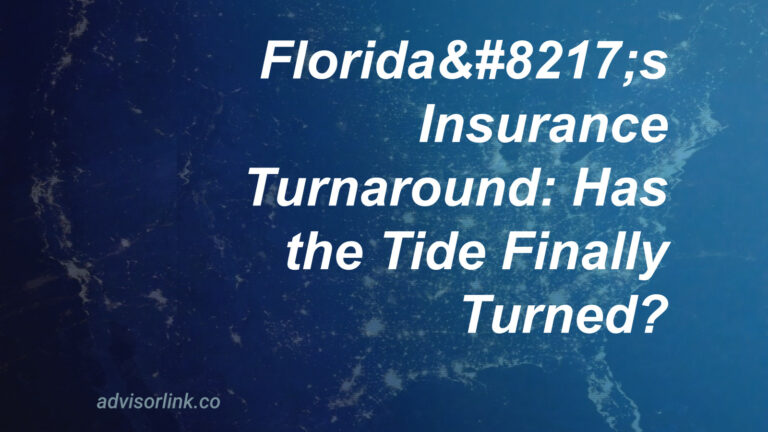California’s insurance market is a house built on sand.
Is the Golden State’s insurance landscape truly facing a crisis?
Folks, we’re staring down a situation that’s as unsettling as a dry wind before a Santa Ana. Wildfires, those infernos that have always been a part of California’s story, are now raging with a fury we haven’t seen before. We’re talking property damage, we’re talking economic losses, and the potential for these disasters to rack up a bill as high as $150 billion! That’s a figure that’ll make your head spin. [2] Folks are losing their homes, their businesses, and their peace of mind.
Is this the end for some residents?
Major insurance companies, like State Farm, are pulling up stakes in some areas, leaving homeowners stranded, casting about for coverage. They’re canceling policies in places like Pacific Palisades, which should serve as a wake-up call to others. The California FAIR Plan, a safety net of sorts, has become the only option for many. The FAIR Plan, however, is not the ideal scenario. And the cost, folks, is often higher than the traditional policies, and some may not be able to afford it. [2] It’s like having to pay a king’s ransom for what used to be a standard deal.
What’s the government doing about this?
California Insurance Commissioner Ricardo Lara has stepped in, trying to chart a new course. New rules are being put in place, demanding insurance companies increase their coverage in these high-risk areas, and the goal is to try and stabilize the market. The insurers must increase their coverage to 85% of the market share. The insurers can pass on some of the costs of doing business, like reinsurance costs, to the consumer, which could lead to higher premiums. [2] It’s a delicate balance, that is for certain.
Can these new regulations truly help homeowners?
Well, that’s the burning question, isn’t it? Critics are raising their voices, and with good reason. They are arguing that the pace of writing new policies is too slow, like trying to build a dam during a flood. And they are worried that the increased premiums could go up as much as 40%, which is a huge increase. [2] That’s a blow to the wallet that many folks simply cannot afford, and something we should be watching closely.
Are homeowners and business owners stuck in a difficult spot?
The answer, unfortunately, is: Yes, they are. Folks are facing higher insurance premiums due to the new regulations. They are dealing with the increase in price, and they are relying more on the FAIR plan. This plan isn’t their first choice, because it is already more costly than standard insurance. [2] Market stability remains a concern, as the threat of policy cancellations looms, and the constant risk of rising premiums hangs over everyone. It’s a difficult situation for folks trying to hold onto what they have worked so hard to build.
So, how can we ensure folks are covered properly?
There’s no simple answer, my friends. Insurance is not an easy subject, and the situation in California is just a symptom of a greater problem. We must face the reality of our changing climate, which is causing these wildfires to become more frequent, and with more power. We need to consider how government and insurers can work together to provide coverage that is both reliable and affordable. It is important to remember: all insurance policies are not the same. We must take a good look, and understand the terms of the coverage. Do not underestimate the risks associated with wildfire.
Disclaimer: General Information & Accuracy
This blog provides general information and discussions about insurance and related subjects for informational purposes only. It is not intended as professional advice, including but not limited to financial, legal, or medical advice. We strive for accuracy, but laws, regulations, information, and best practices constantly evolve, and unintentional errors can occur. Therefore, we make no warranties about the completeness, accuracy, reliability, or suitability of the blog content. Always consult with a qualified professional for advice tailored to your specific situation. Any reliance you place on this information is strictly at your own risk.




